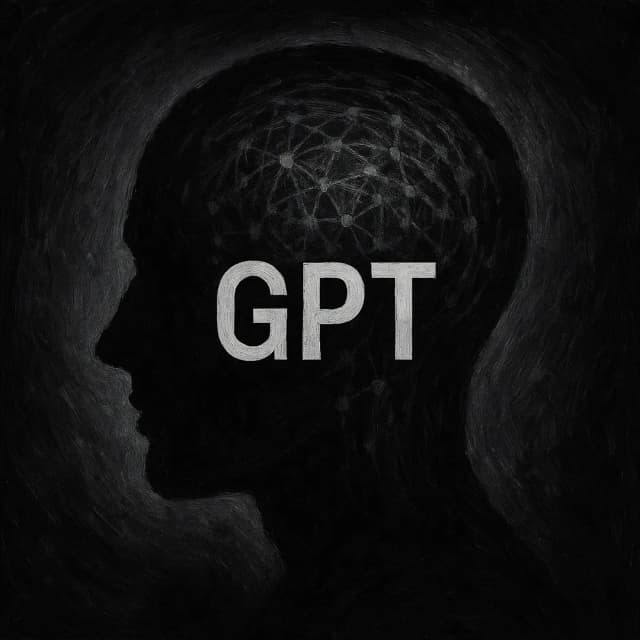
The AI Collaboration in Echoneo: Human, Prompt AI, Image AI
The Echoneo project is signed G/G. While initially conceived perhaps as a simple Goker/GPT dyad, the reality of the collaboration involves a more nuanced interplay between human intent and different forms of artificial intelligence. This page aims to shed light on the distinct roles played in bringing the Echoneo artworks to life.
The Image Generator (Visual Synthesis AI)
This is the AI responsible for rendering the final artworks. Think of models like DALL-E, Midjourney, Stable Diffusion, or others accessed via interfaces sometimes broadly referred to as "GPT". Its function is primarily visual synthesis:
- Execution: It takes the complex, structured JSON prompts developed for Echoneo as its primary instructions.
- Visual Knowledge: Trained on vast datasets, it holds a layered, non-linear "memory" of visual styles, patterns, objects, and associations.
- Rendering: Based on the prompt, it synthesizes pixels, attempting to match the requested concept, style, composition, color, and texture directives. It doesn't "feel" the desired emotion, but it processes the visual language associated with it.
- The Output: It generates the novel image – the visual "echo" that responds to the carefully crafted prompt.
It doesn’t create in the human sense. But it offers a space where visual creation can occur... brought forth through it.
The Prompt Architect (AI Assistant / Gemini)
Crucially, the detailed JSON prompts that guide the image generator were not created in isolation. This is where a different kind of AI collaborator – language models and assistants like Gemini (the AI helping to generate this text) – played a vital role alongside me (Goker):
- Structuring Knowledge: Helping to research, define, and articulate the core characteristics (
conceptDefinition,styleDefinition) of the 28 diverse art movements in a consistent format. - Schema Development: Assisting in refining the JSON schema itself, ensuring it was logical, comprehensive, and suitable for translation into effective prompts.
- Content Generation: Generating detailed descriptions, lists of characteristics, techniques, color palettes, and compositional styles for each movement, populating the schema based on art historical knowledge.
- Refining Intent: Acting as a tireless partner in translating my artistic goals and the nuances of art history into the precise language needed for the JSON prompt structure.
This AI collaborator functions as a knowledge base, a structuring tool, and a co-writer, essential for building the detailed "blueprint" that instructs the image generator.
The Human Curator (Goker)
My role as the human in this loop involves:
- Vision & Direction: Conceiving the Echoneo project, defining its scope (28x28 matrix), selecting the movements, and setting the overarching artistic and philosophical goals.
- Prompt Curation: Guiding the AI assistant (Gemini) in defining the prompt content, making critical choices about themes, subjects, and stylistic interpretations. Writing and refining the narrative focus for each prompt.
- Execution & Selection: Managing the process of feeding prompts to the image generation AI, iterating if necessary, and ultimately curating the final artworks selected for the project.
- Interpretation: Analyzing the results, writing about the process and the artworks, and framing the project's exploration of creativity and authorship.
"The artist's act is nothing more than a decision." — Marcel Duchamp (via Manifesto). My role is centered on making those decisions at every stage.
The Synergy: A Multi-Layered Echo
Therefore, Echoneo emerges from a three-part collaboration:
- Human Intent & Curation (Goker)
- AI Prompt Architecture & Knowledge Synthesis (Gemini)
- AI Visual Synthesis & Rendering (Image Generation AI / "GPT")
The final artwork is an echo resonating through this entire system, shaped by each component.
Authorship Revisited
This clarifies why the question of authorship in Echoneo (and much AI art) is complex:
Is the "artist" the human curator, the AI prompt architect, the AI image generator, the entire system, or perhaps, as the manifesto suggests, does it also involve the viewer who brings their own interpretation?
Echoneo embraces this question as part of its core exploration.
Explore the other foundational elements of the project: